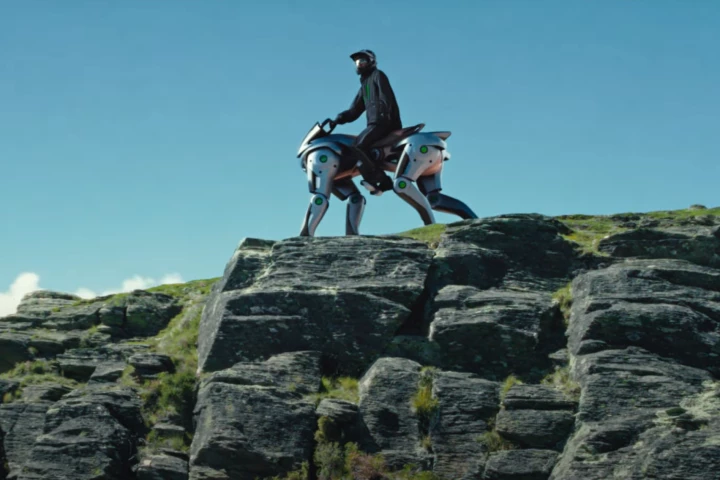Many of us will know what bubbling lakes of lava within volcanoes look like. After all, we've seen them our entire lives in movies, TV shows and cartoons. But that doesn't mean they're common. Sure volcanic eruptions can often result in temporary lakes and pools of lava, but these quickly cool and solidify. Persistent lava lakes on the other hand, are very rare. In fact, among the 1,500 land-based, potentially active volcanoes on Earth, only seven persistent lava lakes have been found so far, until now.
The seven known persistent lava lakes are Mount Nyiragongo (DR Congo), Erta Ale (Ethiopia), Mount Erebus (Antarctica), Ambrym and Mount Yasur (Vanuatu), Kilauea (Hawaii) and Masaya (Nicaragua).
After 30 years of suspecting its existence and location, a team of scientists from the British Antarctic Survey and University College London, has finally confirmed number eight – within the crater of a remote, Subantarctic island volcano.
The newly-confirmed lava lake is located within Mount Michael, an stratovolcano on Saunders Island, one of the remote South Sandwich Islands in the southern Atlantic. While researchers have suspected its existence for many years, evidence has been impossible to gather due to the remote location, and the fact that Mount Michael is almost a kilometer (0.62 mi) high and difficult to climb. Now though, with the help of modern satellite imaging technology, gathering data from remote locations such as this has been made much easier.
In 2001, low-resolution data suggested geothermal activity within Mount Michael, but couldn't prove the existence of the lake scientists had long suspected was there. So, using advanced processing techniques and years of data from satellites including Copernicus Sentinel-2, Landsat and the ASTER (Advanced Spaceborne Thermal Emission and Reflectance Radiometer) onboard the Terra mission, the research team was finally able to show that the rare lava lake is a indeed a continuous feature inside Mount Michael's crater, bubbling away nicely at roughly 1,000º C (1,832º F).
"We are delighted to have discovered such a remarkable geological feature in the British Overseas Territory," says co-author, Dr Alex Burton-Johnson from the British Antarctic Survey. "Identifying the lava lake has improved our understanding of the volcanic activity and hazard on this remote island, and tells us more about these rare features, and finally, it has helped us develop techniques to monitor volcanoes from space."
The team's paper confirming the discovery has been published this week in the Journal of Volcanology and Geothermal Research.
Source: British Antarctic Survey








